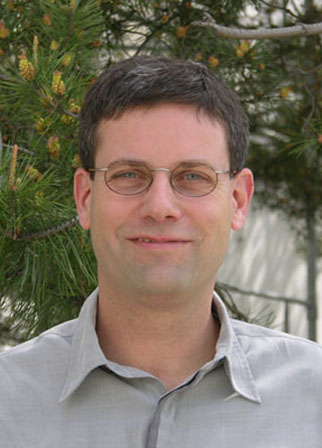Visit our website
At the synapse an influx of Ca2+ ions triggers the rapid exocytosis of neurotransmitters from synaptic vesicles into the synaptic cleft. We strive to understand the mechanisms and the evolutionary history of the complex molecular machine that drives this important process.
The key factors in neuronal secretion belong to conserved protein families. Together, they form the core of an ancient intracellular membrane fusion machine that diversified during evolution. The central machine that drives the fusion of transport vesicles is composed of members of the SNARE protein family. They assemble into tight membrane-bridging complexes to pull two membranes together. Their activity is orchestrated by various other factors including Sec1/Munc18 (SM), Rab, and tethering proteins. Using biochemical, morphological, and bioinformatics approaches we address the following questions:
• Does SNARE complex assembly occur stepwise?
• Does SNARE complex formation provide sufficient energy to drive membrane fusion?
• How are SNARE complexes disassembled after membrane fusion?
• How is the SNARE machine controlled by other factors?
• Do vesicle fusion machines involved in other trafficking steps function in a similar way?
• How did vesicle fusion machines evolve?
• How are dysfunctions of the machine linked to disorders?

